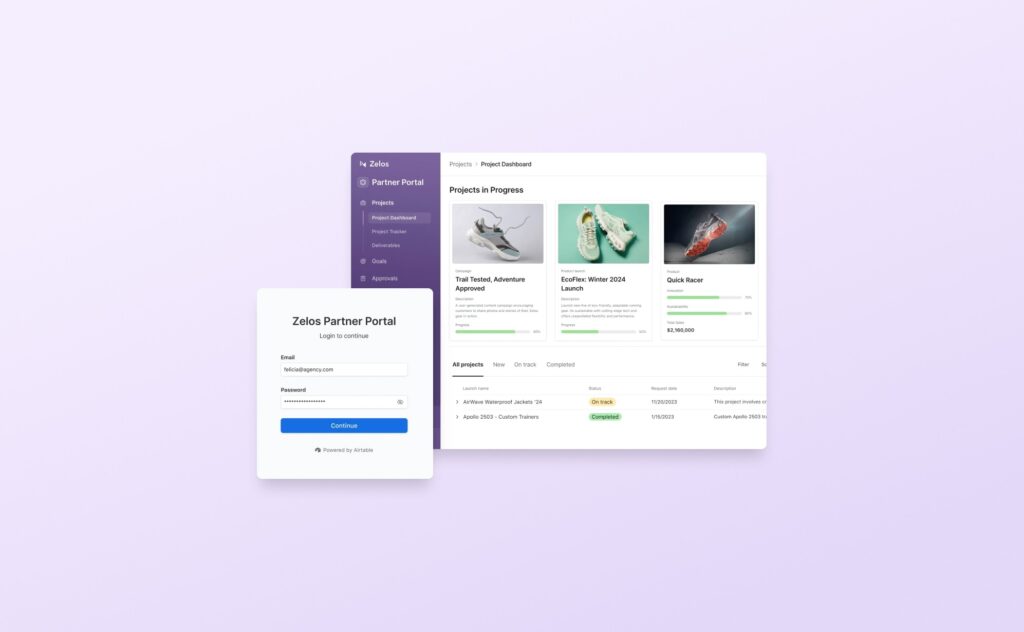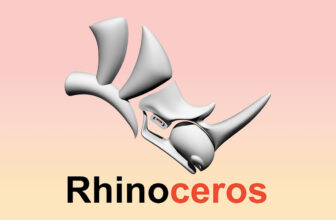
In today’s fast-paced, digitally driven workplace, organizations are increasingly turning to intranet software to streamline communication, foster collaboration, and centralize critical resources.
As businesses navigate hybrid work models, globalization, and information overload, intranets have evolved from static repositories into dynamic platforms that drive productivity, engagement, and innovation.
This article explores the essentials of intranet software, its benefits, key features, implementation strategies, and emerging trends shaping its future.
Table of Contents
What is Intranet Software?

Source: ravishmag.co.uk
Intranet software is a private, secure network platform designed for internal organizational use. Unlike the public internet, it is accessible only to employees, contractors, or authorized stakeholders, providing a controlled environment for sharing information, managing workflows, and connecting teams.
Modern intranets are far more sophisticated than their early counterparts, which functioned as basic file storage or bulletin boards.
Today, they serve as integrated hubs that combine communication, collaboration, and workflow automation tools, often leveraging cloud technology, artificial intelligence (AI), and mobile-first design.
A Brief Evolution of Intranets
The concept of intranets emerged in the 1990s as businesses began digitizing internal communications. Early systems were clunky, text-heavy portals with limited interactivity.
Over time, advancements in web development, cloud computing, and user experience (UX) design transformed intranets into visually engaging platforms.
The rise of remote work during the COVID-19 pandemic further accelerated their adoption, with organizations prioritizing tools that bridge geographical divides and unify dispersed teams.
Key Features of Modern Intranet Software

Source: bizportals365.com
To meet the demands of today’s workforce, intranet software offers a suite of features designed to enhance efficiency, collaboration, and employee satisfaction. Below are the most critical components:
1. Centralized Document Management
Gone are the days of sifting through email attachments or shared drives. Modern intranets provide secure, organized repositories for files, policies, and templates. Advanced platforms include:
- Version control to track document edits and ensure access to the latest updates.
- Permission settings to restrict sensitive information to authorized users.
- Integration with cloud storage (e.g., Google Drive, Dropbox) for seamless file sharing.
2. Employee Directories and Profiles
A searchable directory with detailed employee profiles fosters cross-departmental collaboration. Features may include:
- Skills, certifications, and project experience.
- Contact information and availability status.
- Social elements like interests or hobbies to humanize remote teams.
3. Communication Tools
Effective communication is the backbone of any organization. Intranets reduce email clutter by offering:
- Announcement boards for company-wide updates.
- Discussion forums or chat modules for real-time conversations.
- Video conferencing integrations (e.g., Zoom, Microsoft Teams).
4. Task and Project Management

Source: probackup.io
Many intranets integrate with project management tools like Asana, Trello, or Monday.com, enabling teams to:
- Assign tasks, set deadlines, and monitor progress.
- Visualize workflows through Kanban boards or Gantt chart.
- Generate reports to analyze team performance.
5. Customizable Dashboards
Personalized dashboards allow users to prioritize relevant information, such as:
- Key performance indicators (KPIs).
- Company news feeds.
- Calendar integrations for meetings and deadlines.
6. Mobile Accessibility
With hybrid work here to stay, mobile-responsive design ensures employees can access the intranet from smartphones or tablets. Dedicated apps often include push notifications for urgent updates.
7. Security and Compliance
Robust security features protect sensitive data, including:
- Single sign-on (SSO) and multi-factor authentication (MFA).
- Encryption for data at rest and in transit.
- Compliance with regulations like GDPR or HIPAA.
Benefits of Intranet Software

Source: blog.jostle.me
Implementing an intranet yields measurable advantages for organizations of all sizes:
1. Streamlined Communication
Intranets eliminate information silos by centralizing announcements, reducing email overload, and ensuring all employees receive consistent messaging. For example, a manufacturing company might use the platform to broadcast safety protocols across multiple factory locations.
2. Enhanced Collaboration
By connecting departments and remote teams, intranets foster innovation. Sales teams can collaborate with marketing on campaigns, while HR shares onboarding resources with new hires. Social features like peer recognition feeds also strengthen workplace culture.
3. Knowledge Retention
Intranets act as a “single source of truth” for institutional knowledge. When employees retire or transition roles, critical expertise remains accessible, reducing disruption.
4. Increased Productivity
Integrating tools like calendars, project trackers, and chatbots minimizes app-switching, saving time. For instance, an AI-powered intranet might automate routine HR queries, freeing staff to focus on strategic tasks.
5. Cost Savings
Reduced reliance on paper, in-person meetings, and fragmented software subscriptions lowers operational costs. Cloud-based intranets also cut IT expenses by outsourcing maintenance.
6. Employee Engagement
Modern intranets prioritize user experience with gamification, personalized content, and wellness resources. A 2022 study by Gartner found that organizations with high employee engagement report 21% greater profitability.
Types of Intranet Solutions

Source: umwelt.ai
Choosing the right intranet depends on organizational needs, budget, and technical capacity:
1. Cloud-Based Intranets
Hosted on third-party servers (e.g., Microsoft SharePoint, Happeo, or Igloo), these platforms offer scalability, automatic updates, and remote access. Ideal for small-to-midsize businesses (SMBs) with limited IT resources.
2. On-Premise Intranets
Self-hosted solutions provide full control over data security and customization but require significant infrastructure investment. Common in highly regulated industries like finance or healthcare.
3. Open-Source Intranets
Platforms like WordPress (with intranet plugins) or Mattermost allow tech-savvy teams to build tailored solutions. While cost-effective, they demand ongoing development effort.
4. Employee Experience Platforms (EXPs)
Next-gen intranets like Workvivo or LumApps blend traditional features with engagement tools—think virtual event spaces, recognition programs, and wellness hubs.
Choosing the Right Intranet Software
Selecting an intranet requires careful evaluation of these factors:
- User-Friendliness: A clunky interface discourages adoption. Opt for intuitive navigation and mobile responsiveness.
- Integration Capabilities: Ensure compatibility with existing tools (e.g., Slack, Salesforce, Zoom).
- Scalability: The platform should grow with your organization, supporting additional users and features.
- Budget: Balance upfront costs (licensing, setup) with long-term ROI from productivity gains.
- Support and Training: Look for vendors offering 24/7 assistance, tutorials, and community forums.
Case Study: Streamlining Operations at XYZ Corp

Source: ip-four.co.uk
A global retail chain, XYZ Corp, reduced onboarding time by 40% after migrating to a cloud-based intranet. By centralizing training materials and automating HR workflows, the company saved $250,000 annually in administrative costs.
Implementation Best Practices
- Involve Stakeholders Early: Engage employees in the design process to ensure the platform meets their needs.
- Phase the Rollout: Launch with a pilot group to identify bugs and gather feedback.
- Promote Adoption: Offer incentives for active users and highlight success stories.
- Monitor Metrics: Track engagement rates, feature usage, and ROI to refine the platform.
Trends Shaping the Future of Intranets
- AI and Personalization: Machine learning tailors content to individual roles, while chatbots handle FAQs.
- Employee Experience Focus: EXPs integrate mental health resources, virtual “watercooler” spaces, and pulse surveys.
- Advanced Analytics: Predictive analytics identify workflow bottlenecks or disengaged teams.
- Hybrid Work Support: Expect more asynchronous collaboration tools and VR meeting spaces.
- Sustainability Initiatives: Intranets will track carbon footprints and promote eco-friendly practices.
Conclusion
Intranet software is no longer a luxury but a necessity for organizations aiming to thrive in the digital age. By centralizing communication, preserving knowledge, and fostering collaboration, modern intranets empower teams to work smarter—not harder.
Whether opting for a cloud-based solution for agility or an EXP to boost engagement, businesses must prioritize user-centric design and scalability.
As AI, remote work, and employee well-being continue to shape the workplace, investing in a robust intranet platform is a strategic step toward long-term success. In an era where information is power, the right intranet ensures that power is harnessed effectively, driving innovation, unity, and growth.







